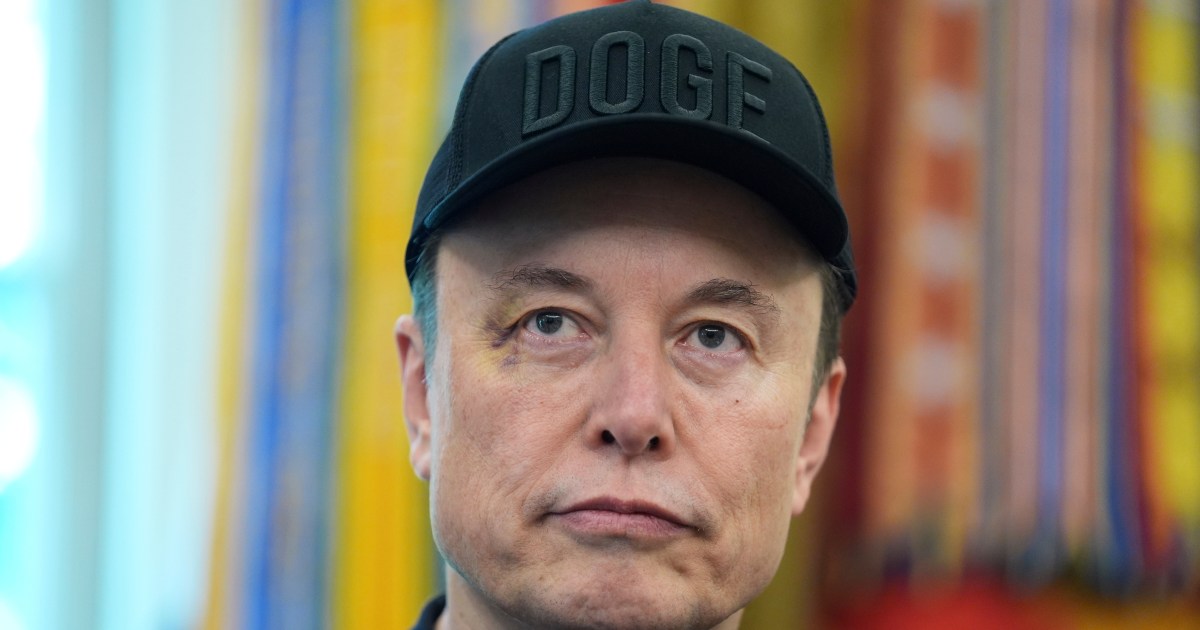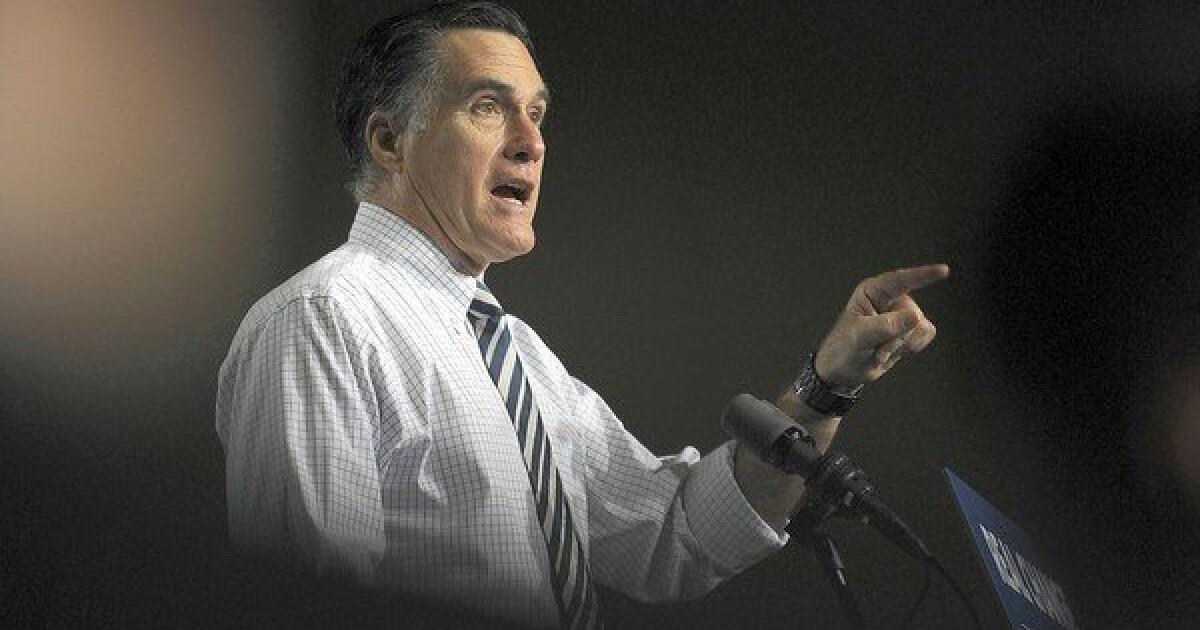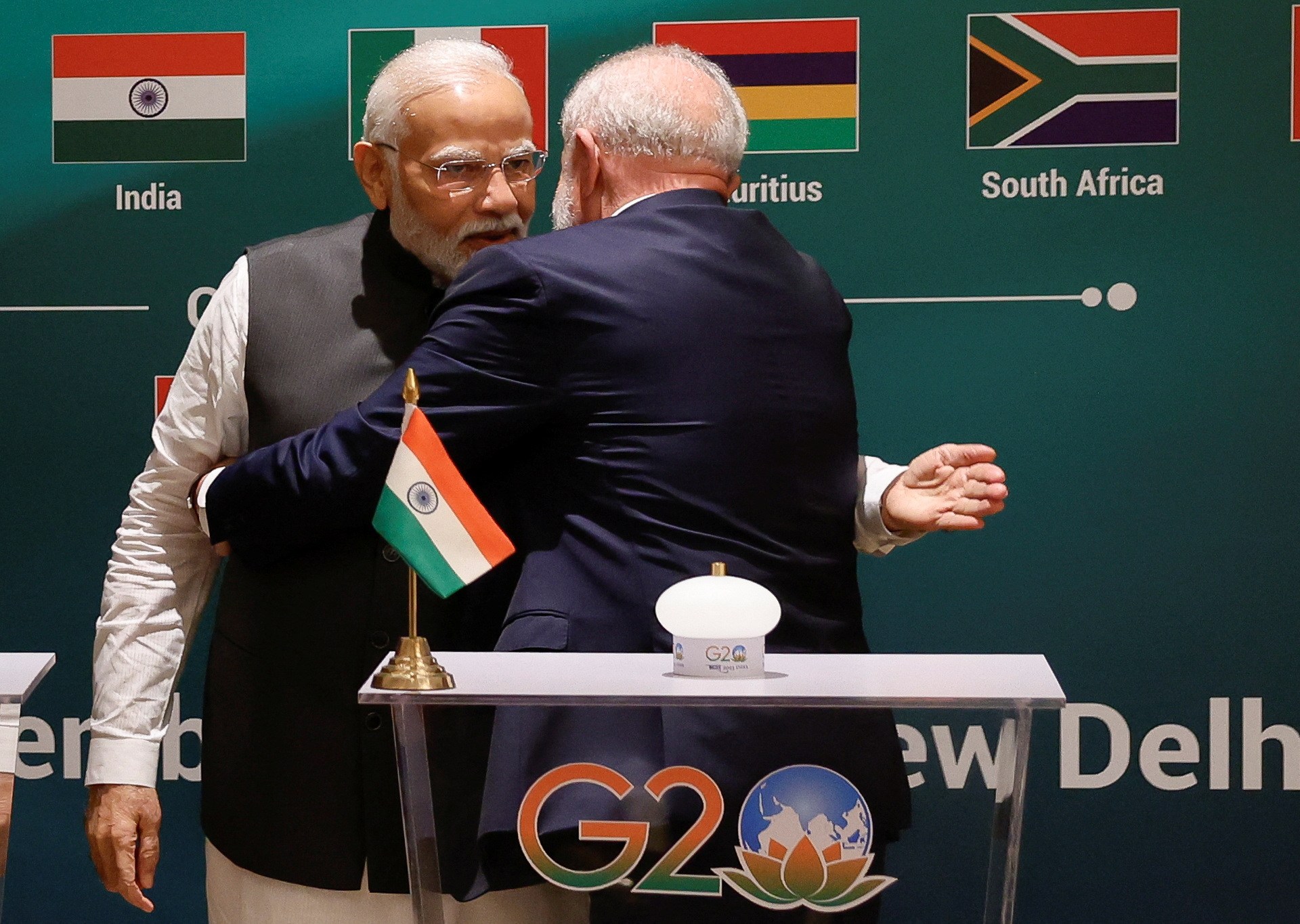Trump administration rehires laid-off employees after cost-cutting blitz | Donald Trump News
Hundreds of federal employees in the United States who lost their jobs in Elon Musk’s cost-cutting blitz are being asked to return to work.
The General Services Administration (GSA) has given the employees, who managed government workspaces, until the end of the week to accept or decline reinstatement, according to an internal memo obtained by The Associated Press news agency.
Recommended Stories
list of 4 itemsend of list
Those who accept must report for duty on October 6 after what amounts to a seven-month paid vacation, during which time the GSA in some cases racked up high costs – passed along to taxpayers – to stay in dozens of properties whose leases it had slated for termination or were allowed to expire.
“Ultimately, the outcome was the agency was left broken and understaffed,” said Chad Becker, a former GSA real estate official.
“They didn’t have the people they needed to carry out basic functions.”
Becker, who represents owners with government leases at Arco Real Estate Solutions, said the GSA has been in a “triage mode” for months.
He said the sudden reversal of the downsizing reflects how the Department of Government Efficiency (DOGE) under Musk’s prior leadership had gone too far, too fast.
The GSA was established in the 1940s to centralise the acquisition and management of thousands of federal workplaces.
Its return-to-work request mirrors rehiring efforts at several agencies targeted by DOGE.
Last month, the Internal Revenue Service (IRS) said it would allow some employees who took a resignation offer to remain on the job.
The Labor Department has also brought back some employees who took buyouts, while the National Park Service earlier reinstated a number of purged employees.
Critical to the work of such agencies is the GSA, which manages many of the buildings.
Starting in March, thousands of GSA employees left the agency as part of programmes that encouraged them to resign or take early retirement.
Hundreds of others – those subject to the recall notice – were dismissed as part of an aggressive push to reduce the size of the federal workforce. Though those employees did not show up for work, some continue to get paid.
GSA representatives did not respond to detailed questions about the return-to-work notice, which the agency issued on Friday.
They also declined to discuss the agency’s headcount, staffing decisions or the potential cost overruns generated by reversing its plans to terminate leases.
“GSA’s leadership team has reviewed workforce actions and is making adjustments in the best interest of the customer agencies we serve and the American taxpayers,” an agency spokesman said in an email.
Democrats have assailed the indiscriminate approach to slashing costs and jobs by the administration of President Donald Trump.
Representative Greg Stanton of Arizona, the top Democrat on the subcommittee overseeing the GSA, told the AP that there is no evidence that reductions at the agency “delivered any savings”.
“It’s created costly confusion while undermining the very services taxpayers depend on,” he said.
DOGE identified the agency, which had about 12,000 employees at the start of the Trump administration, as a chief target of its campaign to reduce fraud, waste and abuse in the federal government.
A small cohort of Musk’s trusted aides embedded in the GSA’s headquarters, sometimes sleeping on cots on the agency’s sixth floor, and pursued plans to abruptly cancel nearly half of the 7,500 leases in the federal portfolio.
DOGE also wanted the GSA to sell hundreds of federally-owned buildings with the goal of generating billions in savings.
The GSA started by sending more than 800 lease cancellation notices to landlords, in many cases without informing the government tenants. The agency also published a list of hundreds of government buildings that were targeted for sale.
The Government Accountability Office, an independent congressional watchdog, is examining the GSA’s management of its workforce, lease terminations and planned building disposals, and expects to issue findings in the coming months, said David Marroni, a senior GAO official.


